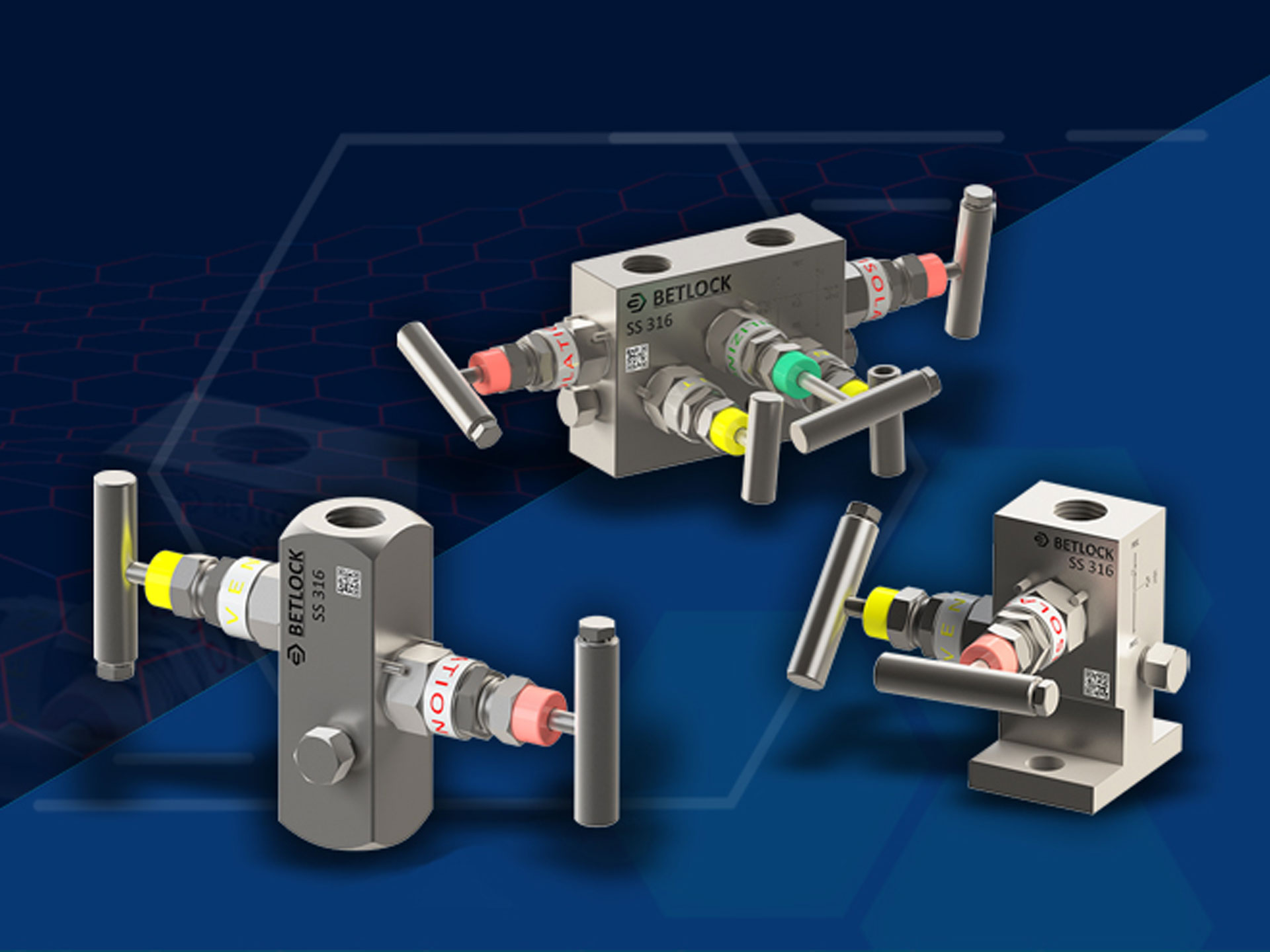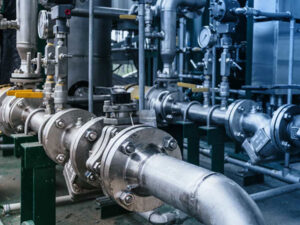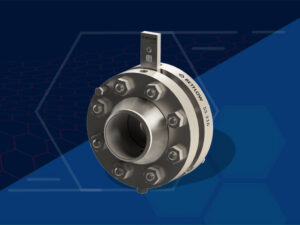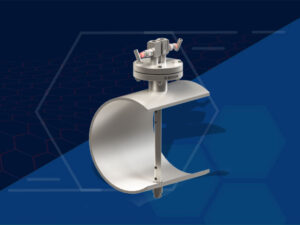The evolution of machineries led to a fundamental concept of calibration, standardization, in the entire industry spectrum. Manifolds hold a key position in flow industry for its efficient calibration and control capacities. In this blog let’s delve into the world of manifolds in flow measurement industry.
What are manifolds?
Manifolds are metallic valves used to block in, calibrate or check calibration, replace instruments, and connect different machineries without shutting down the critical operation. Manifolds are employed in both industrial as well as domestic settings. In domestic applications where water is the only flowing fluid, plastic manifolds can be employed. Industrial setting as it deals with a wide range of fluids needs specifically manufactured metallic manifolds.
Types of manifolds:
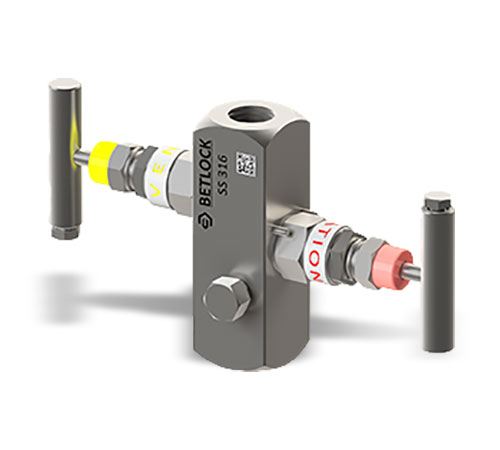
2-Valve Manifold
It has two valves, one of which is used for instrument isolation while the other is employed for calibration purpose.
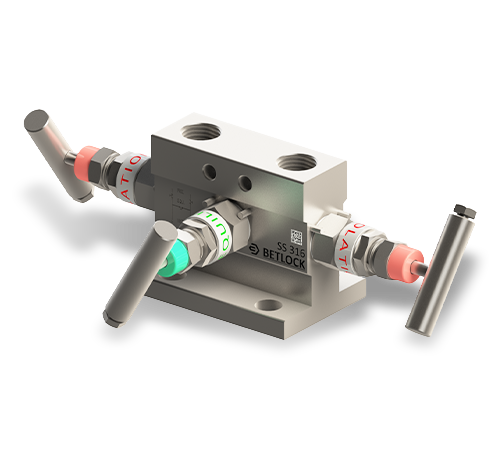
3-Valve Manifold
Another valve added to this category is an equalizing valve. With the isolation and calibration operations, these valves are also capable of equalizing the pressure in the line.
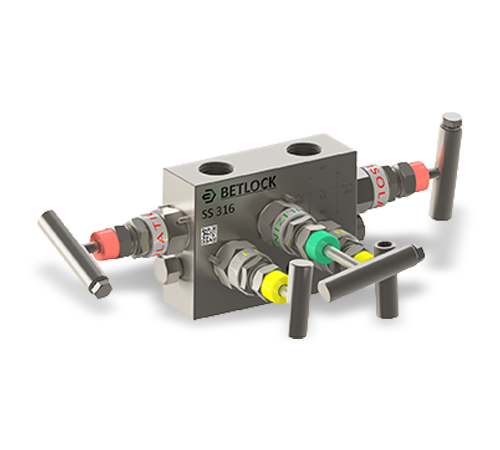
5-Valve Manifold
Equipped with 2 isolation valves, 2 equalizing valves and a calibration valve, 5 valve manifolds are ideal for a differential pressure transmitter.
How manifolds work?
Manifolds consists of a number of piping structures, operating valves, and flow controls to hold the produced fluids effectively. Manifolds allow the user to measure and control the rate of flow in different lines. Internal valves connected to each line govern the respective openings. They help to increase, decrease or stop the flow through each line as per the operator requirement. These valves are equipped with a low torque bar for easy open and shut operation. The meters can also be set to ensure each line is receiving the exact same amount of flow.
Advantages:
With the ability to withstand high pressures and temperatures, there are multitude of reasons why manifolds are extensively used in process industry, some of them listed below.
- Reduced Pressure losses
- Safety and convenience in isolating, relieving and calibrating various instruments.
- As an interface between different lines, making multitasking operations possible.
- Owing to its versatility, customization of process lines becomes an easy task.
- Instrument calibration without shutting down the process.
- Reduction in cost and time for maintenance.
Applications of manifold:
1. Hydraulic systems: Manifolds in hydraulic machinery distribute fluid to different components within the system such as cylinders, actuators, motors etc.
2. Water and wastewater treatment: Manifolds play a role in water and wastewater treatment plants by facilitating the distribution and control of fluids in various treatment processes. This includes monitoring and regulating the flow, pressure, and temperature of water in different stages of treatment.
3. Oil and gas industry: Manifolds are crucial in oil and gas industries for monitoring pressures and temperatures in the process lines as well as efficiently distributing flow of crude oils to suitable locations.
4. Chemical and Petrochemical Industries: Chemical industries deal with variety of fluids at ranging from different pressure and temperature ranges. Manifolds fir well as they are designed to handle high temperature and pressure conditions and transport the fluid to desired point from the process lines.
Hence it is clear that manifolds are a vital component in process automation industry thanks to their versatility and cost-effective operational capabilities.

